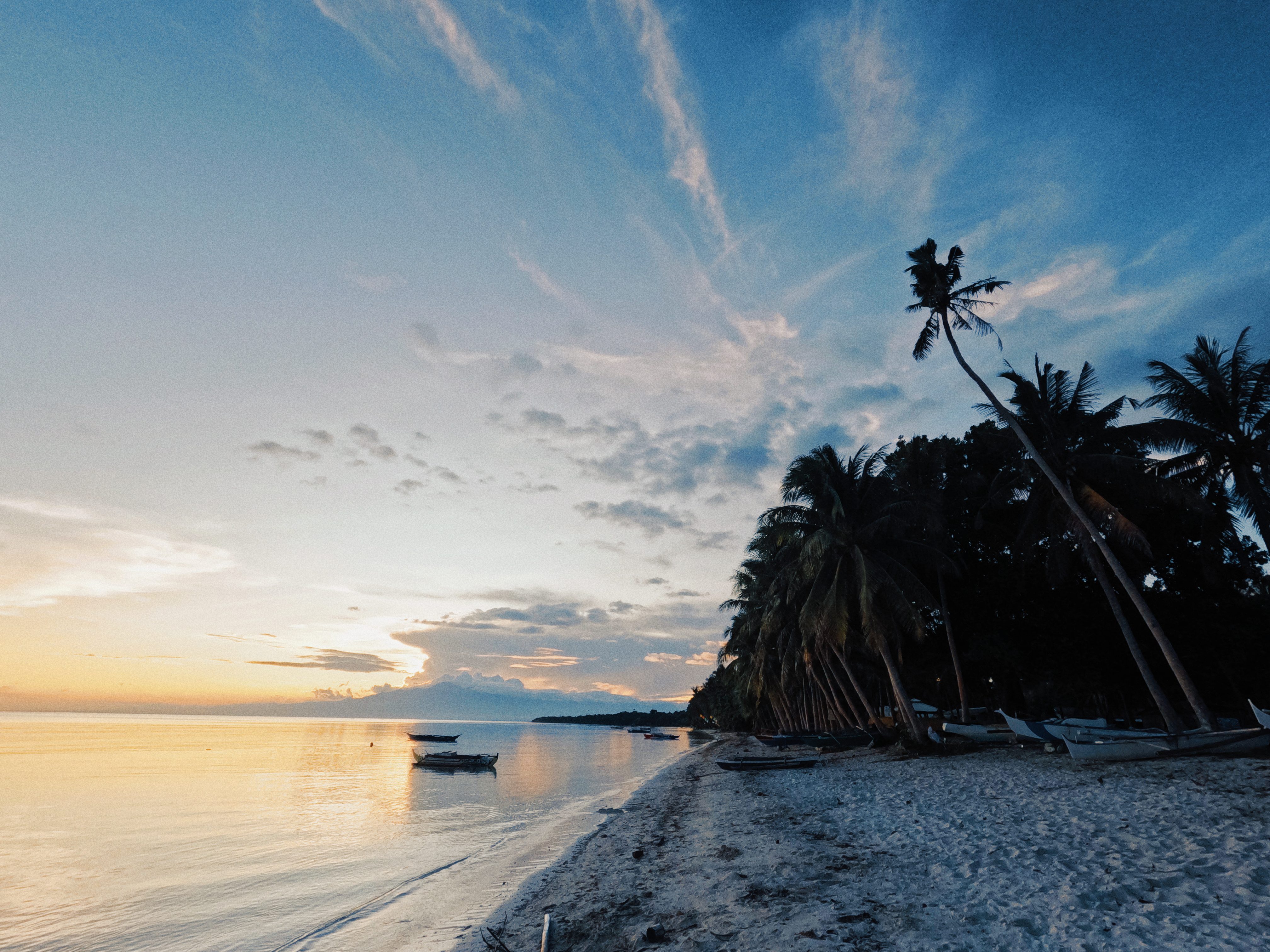

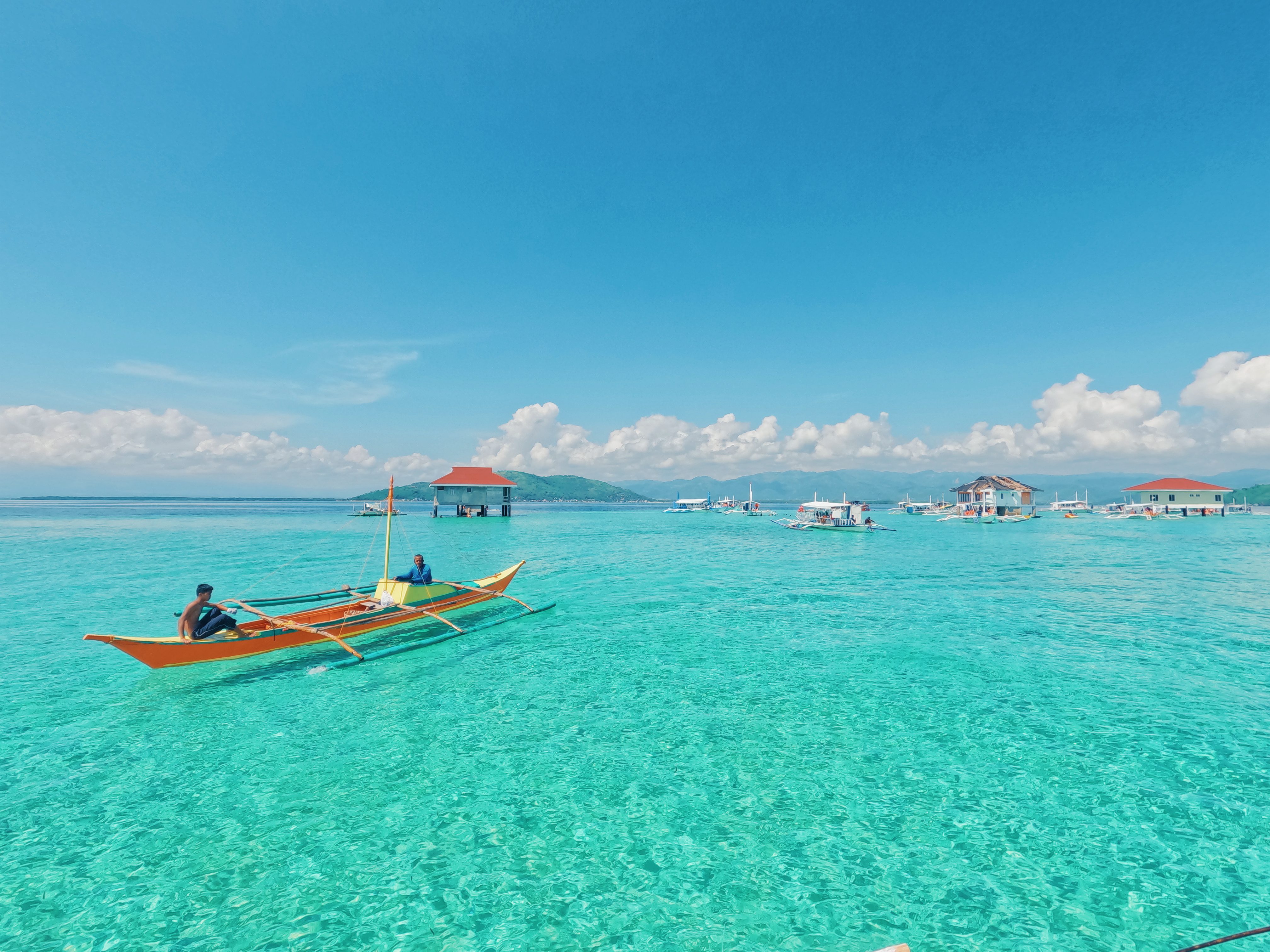
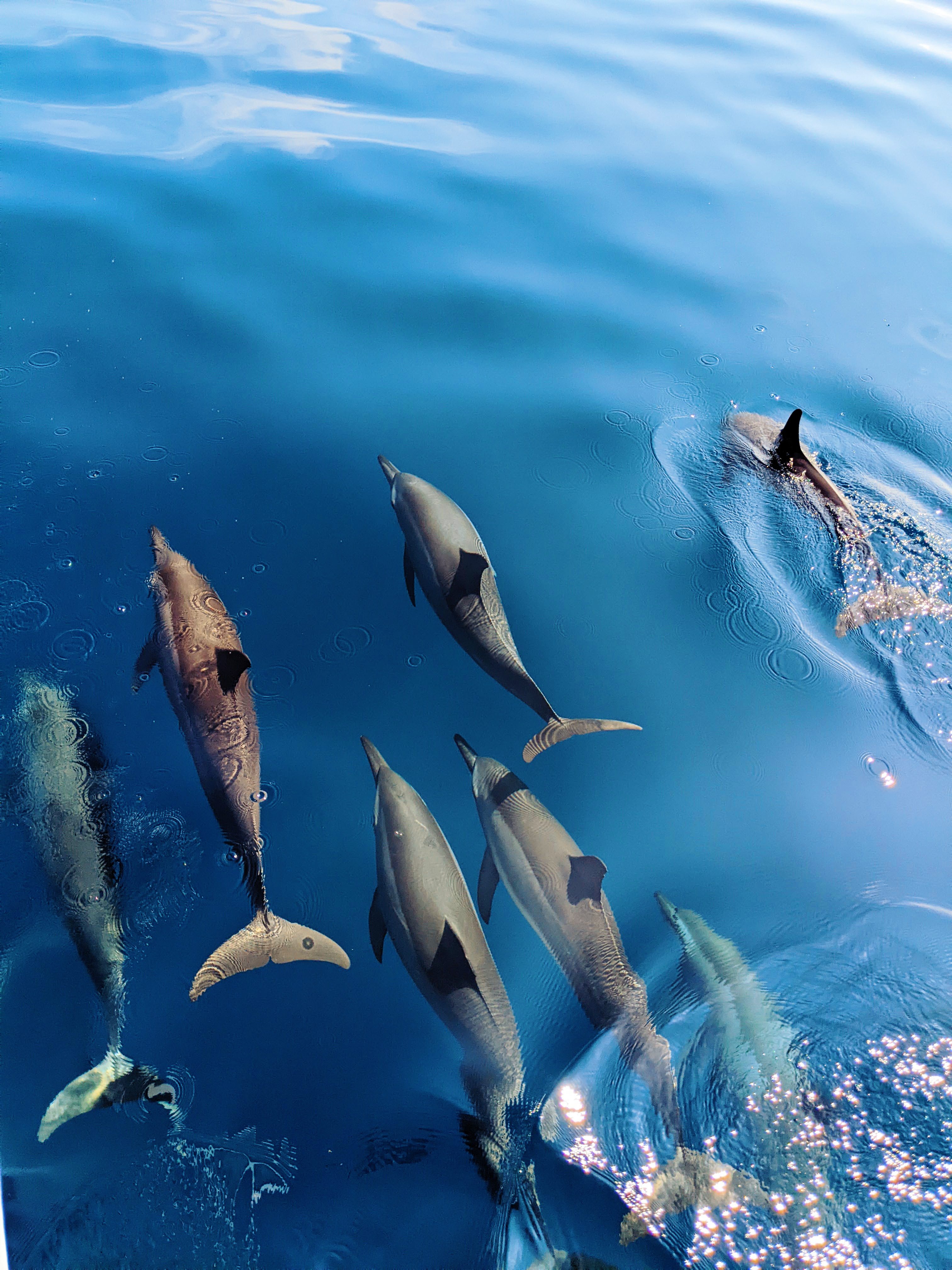
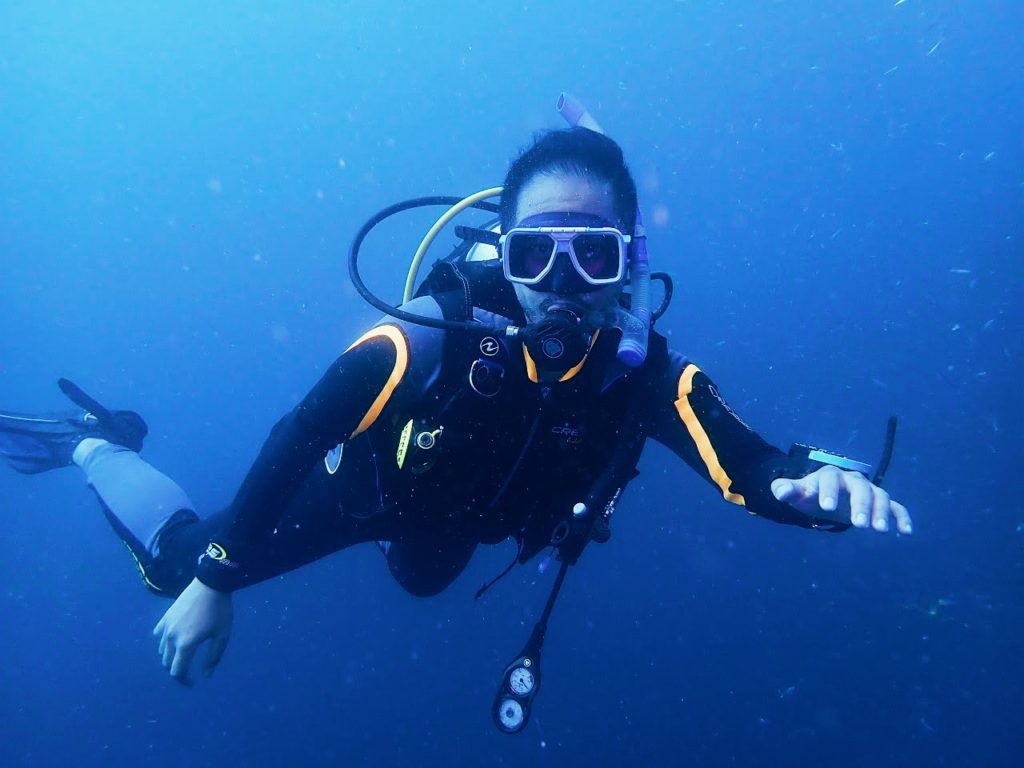
A little more than a month before I officially assume my role as Foreign Service Officer with the Department of Foreign Affairs, I decided to go on a 15-day sojourn to places in Central Visayas that I have not been to before: Dumaguete and its neighboring towns in Negros Oriental; Moalboal in southern Cebu; and the island province of Siquijor.
It was sort of my way of reviving a type of eagerness for the country I am now duty-bound to serve. Something like going on a trip with someone you love to rekindle a love affair that has staled for a while, I wanted to experience a renewed passion with the Philippines by seeing more of it, especially of those places I’ve never visited before. Also, of course, I just simply love traveling, and a half-month backpacking trip before I start work, where I might never be able to do extended holidays anymore, sounded like a good idea.
This trip began with a proper vacation with my family during Holy Week break in a luxury resort in Dauin in Negros Oriental, a town a few kilometers south of Dumaguete known for its exceptional diving and diving resorts. None of us in my family were scuba divers, however, but it did not mean we did not have a fantastic time. It was also a celebration for my mom and my brother’s birthdays. During this trip we also had the chance to see dolphins swimming in the wild, gliding through the calm waters of Bais, and spend some time at the Manjuyod sand bar.
The week after, I stayed behind while my family flew back to Manila. I then began my trip to Moalboal in southern Cebu, with the objective of learning scuba diving in order to get a license and earn certification as an open water scuba diver.
The week after was spent in Siquijor, an island province in Central Visayas known in my generation and those preceding mine for its mystical folklore, but is nowadays renowned for being a young millennial backpacker’s paradise and now forms part of the backpacking circuit in the Philippines many Western backpackers now undertake.
I eventually find myself back in Dumaguete for the final days of my trip where I catch up with friends from law school who have made this part of the country their new home.

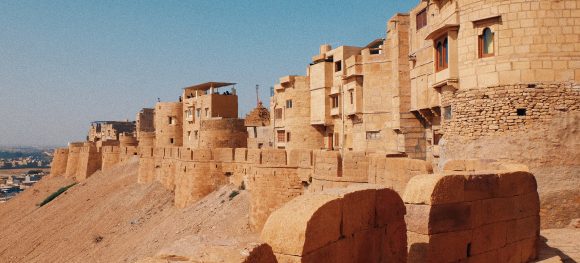



February 20, 2018. Jaisalmer Fort is a fortified city built on top of a desert outcrop in the middle of the vast Thar in northern India. Established in 1156 by the Rajput ruler Jaisal (hence, the name ‘Jaisalmer’), it continues to be inhabited by residents, which makes it one of the world’s remaining “living forts”.

Walking along the alleys in Jaisalmer Fort, I notice the color of almost all buildings is almost the same as the sands and stones of the desert. So when you look at the town from afar it literally looks like the town rose from the ground up. Jaisalmer is sometimes referred to as the golden city. Not difficult to see why, seen from the fort.

February 20, 2018. After an almost-13 hour train ride (yes thirteen hours) I arrive the next morning in Jaisalmer in the middle of the Thar desert. The town is closer to the Pakistan border than to any other major Indian city. Jaisalmer is still part of the vast state of Rajasthan.
Once I got to Jaisalmer in the morning, I walked from the station to my hostel which had a rooftop cafe with a magnificent view of the fort city, pictured above. I felt like I was in Agrabah (of Aladdin), only the big Sultan’s palace is missing.


February 19, 2018. The palaces inside Amer Fort are composed of four different complexes with their own enclosures. The first one features a large plaza where troops celebrated their victories on their return from battle by parades in front of the royal family.

Once you enter the first palace, you’d be greeted by a beautiful garden courtyard magnificently manicured to reflect perfect geometries.



February 19, 2018. On my last day in Jaipur I proceeded to Amer (Amber) Fort a few kilometers north of the city. It is part of the three-fort complex that traverses ‘Eagle Hills’ and forms a sort of ‘great wall’ that was meant to protect the city from invaders. I visited the first of such forts (Nahargarh Fort) the day before. It is also called the Amber Palace because it served as the main residence of the Rajput Maharajas and their families for centuries. The fort overlooks a lake that, aside from serving as the main water supply of the fort, beautifully mirrors the amber colors of the palace on its surface.





One of the tourist highlights of a visit to the fort is the chance to ride elephants up the hill to the main entrance. Although this is one of the top tourist activities, I opted to just walk all the way up through beautiful stepped passages, not only because it felt like the ethical thing to do, but it also allowed me to take my time and take plenty of photos along the way. Just mind your steps as there are plenty of elephant dung as you cross the ‘elephant highway’.


